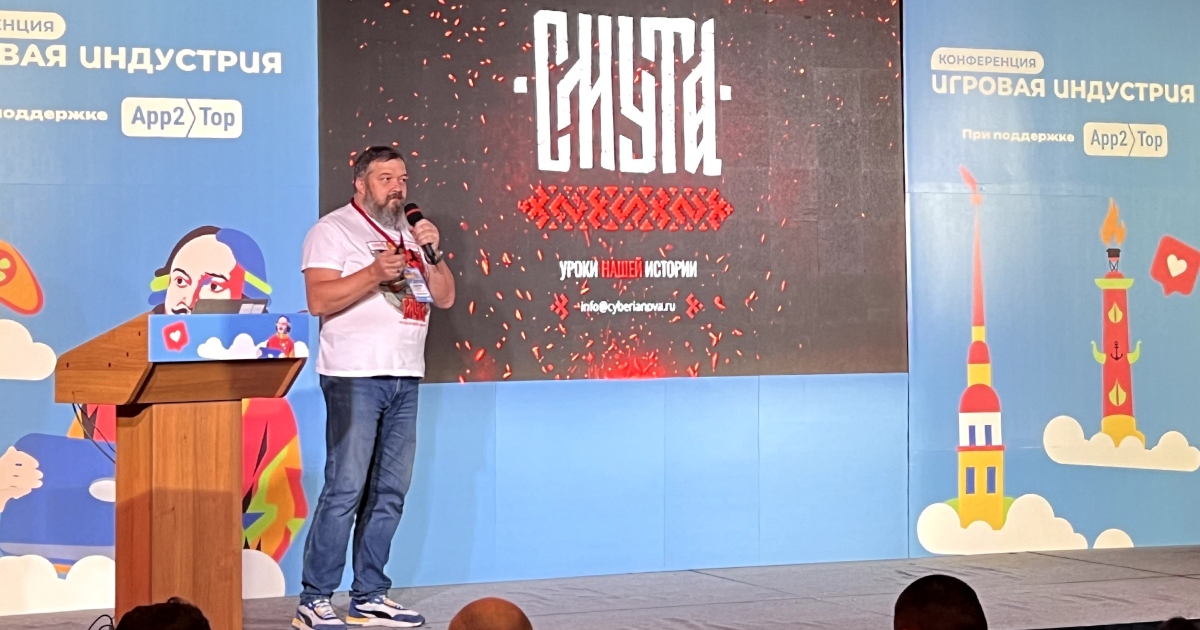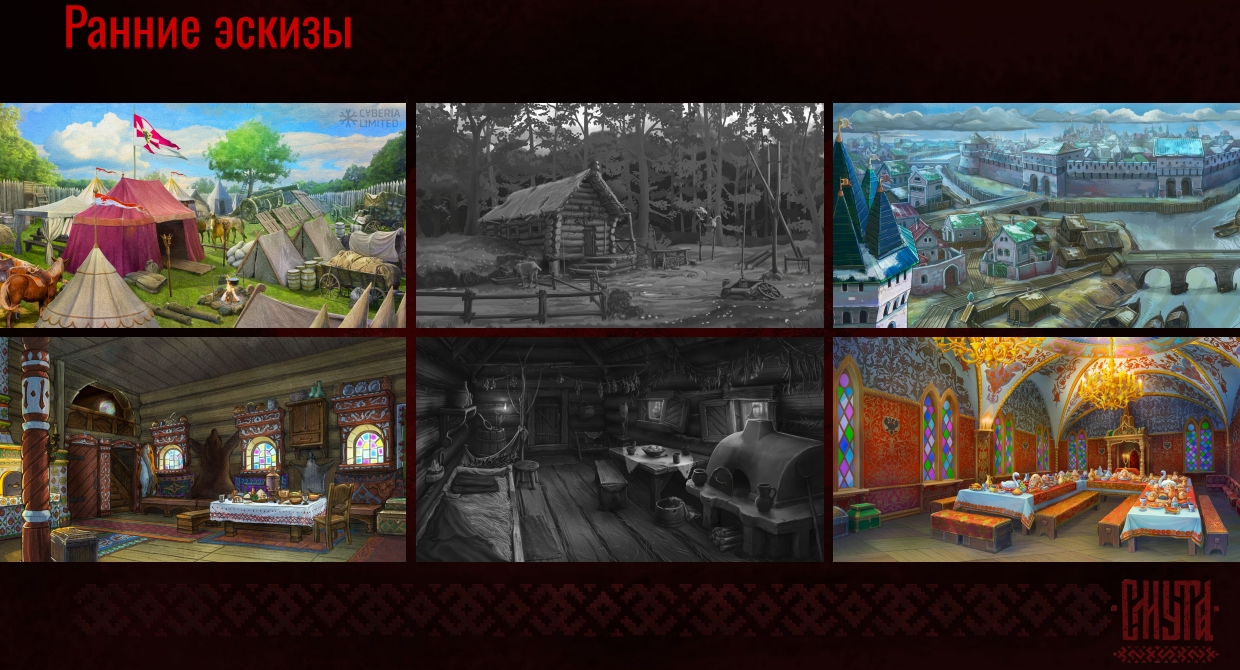Alexey Kopevtsev on the creation of "Smut" and state funding: "Two years to develop a AA game is very, very little"
One of the speakers at the "Game Industry" conference was Alexey Koptsov, CEO of the Cyberia Nova studio. He spoke about the development of "Smuta," organizing processes within the company, and the lessons the team learned after the release.
Alexey Koptsov at the "Game Industry" conference
The History of Cyberia Nova and the Pre-production of "Smuta"
At the start of his presentation, Koptsov shared some introductory details about the studio and how the idea for "Smuta" began:
- At its inception in 2015, Cyberia Nova had only seven employees—since then, the staff has grown to 62 people;
- In the early years, the team worked on various prototypes using Unity, with genres ranging from MOBA to tactical shooters;
- The idea for "Smuta" emerged four years ago ("Initially, we were targeting Musou games in the style of Dynasty Warriors," Koptsov recalled unexpectedly);
- Eventually, it was decided to shift focus from this concept and emphasize the historical aspect (this was when Cyberia Nova discovered the novel "Yury Miloslavsky, or The Russians in 1612" and chose it as a source of inspiration);
- Pre-production lasted a year and a half, funded independently: the studio visited various museums, studied historical data, and created initial concepts;
- The primary goal of the project in the early stage was formulated as sparking young audiences' interest in Russian history;
- In 2022, Cyberia Nova presented all its developments to the Institute of Russian Innovations (IRI) and ultimately received a grant.
"The process was different from how the media described it—as if a truckload of government money just arrived," noted Koptsov. "Everything operated on a post-payment scheme: we showed results first, then received the next part of the funds."
The Development of "Smuta" and the Choice of Unreal Engine 5
- The company employed the Scrum framework with two-week sprints, and teams were divided by specialization (game design, art, narrative, etc.).
- During production, the studio concentrated on "bottlenecks," tackling the most labor-intensive elements first and then moving to simpler ones.
- When creating gameplay, Cyberia Nova adhered to an iterative approach: short iterations with clear goals → task completion control → iteration analysis → improvement of a specific gameplay element.
- The studio's artists not only studied the original novel but also worked with historical consultants to ensure the accuracy of weapons, clothing, and locations.
- The team used "ref boards" for working on character and interface appearance, as well as for developing game mechanics and other elements.
- Koptsov also mentioned that the studio plans to provide its own graphic assets, styled in the 15th-17th centuries, to other Russian developers. They are currently working on choosing a platform for publishing the materials.
- Responding to criticism about using pre-made assets, Koptsov noted: "People who complained probably never even tried looking for assets of old Russian structures."
- The choice of Unreal Engine as the graphic engine was due to its technological capabilities: lighting was achieved using the Lumen system, shaders were developed with PBR, and game locations and characters were created using Megascans and MetaHuman.
- According to Koptsov, "The risk was high, but we took it to optimize and quickly solve technological challenges: lighting setup, lip sync, etc."
- For creating animations and gameplay logic for "Smuta," both C++ and the UE built-in visual programming language Blueprints were used, and for AI of game characters, the Behavior Trees tool was applied.
Conclusions
- Discussing the release of "Smuta" and the criticism the game received, Koptsov emphasized that the project has garnered significant public attention ("There's no indifference").
- One of the key takeaways shared during the presentation was: "Two years for developing an AA game is remarkably short. Essentially, with the patches we are currently releasing, we are finishing our project."
- The challenge, according to Koptsov, also lay in the state funding of "Smuta." The company had to strictly adhere to scheduled deadlines—delaying the release was not an option. The issue was partly because the authorities initially didn't account for the specifics of game development, applying principles from other areas of product funding to it.
- Koptsov noted, "The state system is generally quite unwieldy. If the tender includes a two-year regulation, there's no escaping it. But to our great relief, IRI will adjust this aspect."
- The CEO of Cyberia Nova added that despite all challenges, the company managed to establish "effective collaboration with government bodies." How exactly IRI will adjust its work with game developers is still unclear.
- The studio now plans to continue releasing educational modules for "Smuta" and expand the team for future projects.




